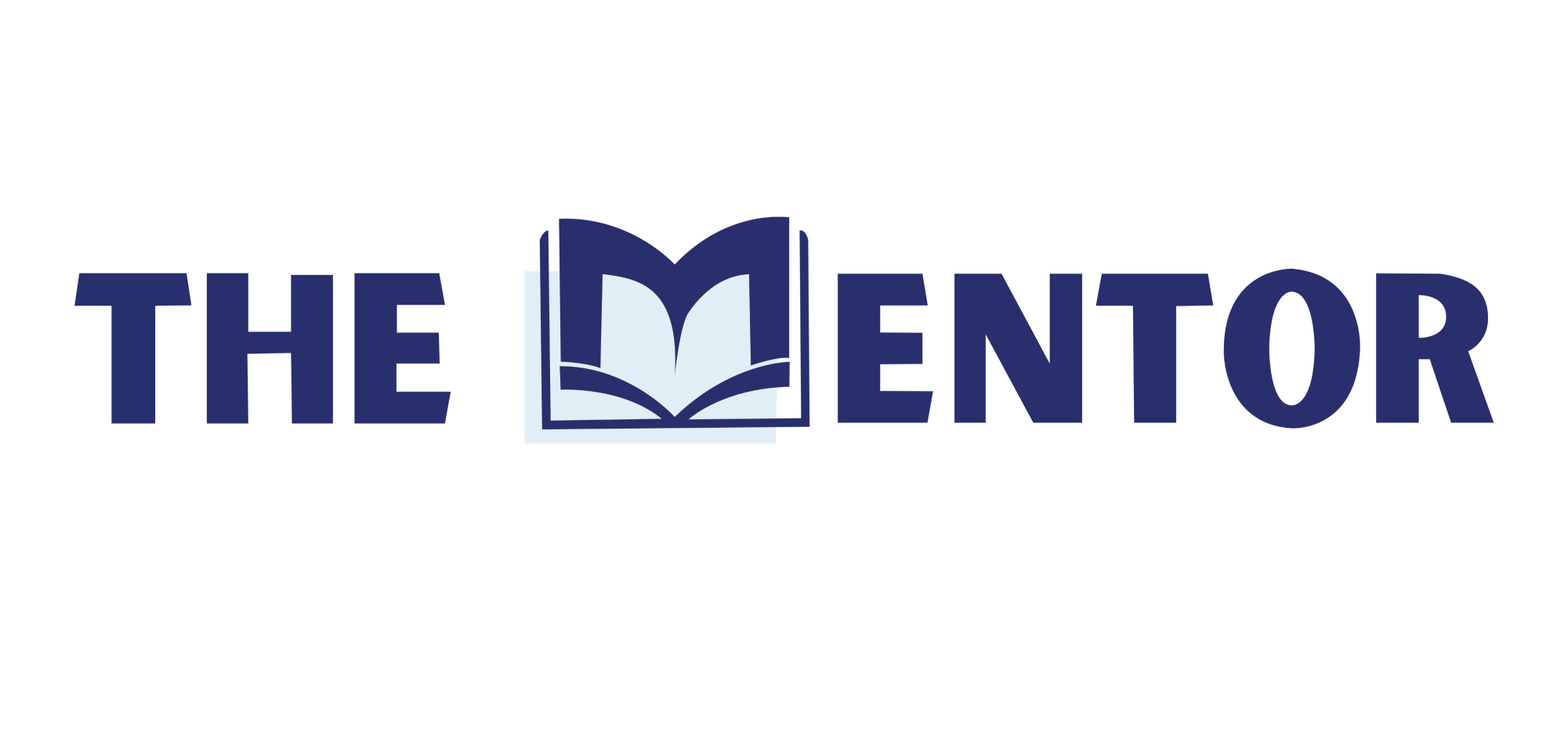Administration has failed youth, instructors
Attention administrators: your students and educators are confused and struggling.
We are in the red for our positivity rate (18.88%) and incident rate (503). I am concerned by the lack of follow-through on both the state’s gateway delivery model policies and the previous district’s reopening plan, regardless of the new claims that schools are now safe because the infections started elsewhere. Not only does this create confusion, but also distrust in our leaders.
Before the school year began, every student was given the option of remote or onsite — with a hybrid contingency — learning model. Under the onsite learning model, there is always the possibility of switching models at any given time with a one week notice.
Just weeks prior to the beginning of the school year, onsite ultimately became hybrid instruction on Aug. 4. This decision was based on the USD 383 2020-21 Reopening Plan Draft II, which states that all students will go remote if the rate of positive cases in the county is greater than 10% in the previous two weeks. At the time, according to rileycountyks.gov, we had a positivity rate of 8.42%, or a yellow grading — greater than 5% but less than 10% — for a hybrid learning model.
Currently, the district follows the Kansas schools gating criteria, which states the following: a 14-day positivity rate greater than 15%, an incident rate — the number of new cases per 100,000 in the county — greater than 151 and an attendance rate less than 84% constitutes a red grading, or remote learning model. For a hybrid model, the positivity rate must be between 5% and 15%.
In the past month, the USD 383 Board of Education considered four days per week, onsite learning starting Nov. 2, in which the school board voted 5-2 to stay in hybrid on Oct. 21. The two-week positivity rate from Oct. 11 through Oct. 24 was 6.32%.
Families were then asked on Nov. 5 to decide by Nov. 10 whether to switch to five days per week, onsite instruction or move to remote in January. The two-week positivity rate from Oct. 18 through Oct. 31 was 8%. This is important to note because the positivity rate had begun to increase when families were being asked to make a decision based on two-month prior data.
“Unless there are drastic changes in coronavirus metrics, the district intends to allow K-12 onsite learners to return to school five days per week beginning Jan. 5, 2021,” wrote superintendent Marvin Wade in an update on Nov. 5.
Our current two-week positivity rate from Nov. 1 through Nov. 14 has jumped to 18.88%. Additionally, on Wednesday as well as throughout the week, the district pondered switching to remote for the remainder of the semester, amid the spike in positive cases both in Manhattan and in the school district. Many of my teachers were under the impression the resolution was to move online. On the day of the vote, there was no vote.
I am certain that everyone who serves on our Board of Education and our administrators are good people and only have the best intentions in mind for the families and educators in our district. Each of us appreciates the time and effort that is put into our education system.
However, I thought the health and safety of our students and educators was more important than in-person instruction. With these numbers increasing drastically, and Thanksgiving break upon us, wouldn’t the safest option be to transition to remote at least for the remainder of first semester?
With this logic, I question what the hold up is on making this decision. The only reason I can conclude is the district is hesitating to move to remote because our teachers aren’t prepared. Why didn’t USD 383 spend the summer educating their teachers on how to deliver online instruction — which would have allowed the district to improve all forms of remote learning? The excuse of not enough funding does not hold merit, because now more than ever it is necessary for our teachers to know how to properly educate their students in a remote setting. Our district could have reached out to the community and state as funding outlets.
Instead, teachers were not given any type of education until just a couple of weeks before school started, nor did they know what form of classes they would be teaching up until that point. In fact, two of my teachers are instructing a class they have never taught — with a very condensed time to prepare for — before this school year, and they are doing so remotely. This is unfair to both students and educators.
As a student, I was told there was a plan to make a plan for months. My question is: “is the plan that you came up with giving the results you intended?”
Right now, students need adult leadership. Students need adults to work together. Above all else, students need our administration to make the decision to do better. Constantly changing the rules proves there is no plan. I understand pleasing everyone is impossible, but staying where we are, when it is clear there are issues, is by far much worse.






